The Canidae family, commonly known as the dog family, includes some of the most well-known and beloved animals on the planet, such as wolves, foxes, and domestic dogs. These canine animals are spread across the globe, thriving in diverse habitats, from dense forests to arid deserts. This article provides a comprehensive look at the canine family animals, exploring their characteristics, different species, and the vital role they play in various ecosystems.
Notable Species in the Canidae Family (Canine Animals):
Overview of the Canidae Family
The Canidae family is a group of carnivorous mammals known for their sharp teeth, excellent sense of smell, and remarkable hunting skills. This family encompasses a wide range of species, from the domestic dog that shares our homes to the elusive Arctic fox that roams the icy tundras. Members of the Canidae family are highly adaptable, allowing them to live in a variety of environments around the world.
A. Genus Canis
1. Gray Wolf (Canis lupus)
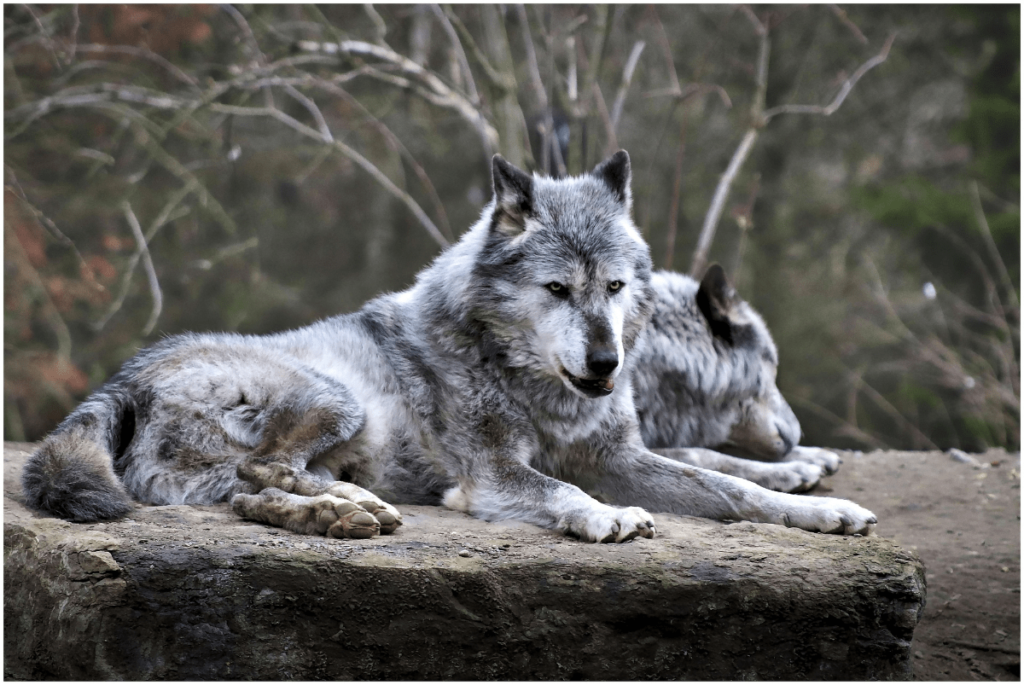
Description: The largest extant member of the Canidae family, known for its powerful build and social pack behavior.
Habitat: Wide-ranging across forests, tundras, and mountains in North America, Europe, and Asia.
Behavior and Diet: Predominantly hunts large ungulates but also feeds on smaller mammals, birds, and carrion.
Check out Ranks of Wolf Packs: Exploring Alpha, Beta, and Omega
Conservation Status: Varies by region; generally of least concern but threatened by habitat loss and persecution in some areas.
Wolves are also one of the few animals that pair lifelong, forming strong bonds with their mates throughout their lives.
2. Coyote (Canis latrans)
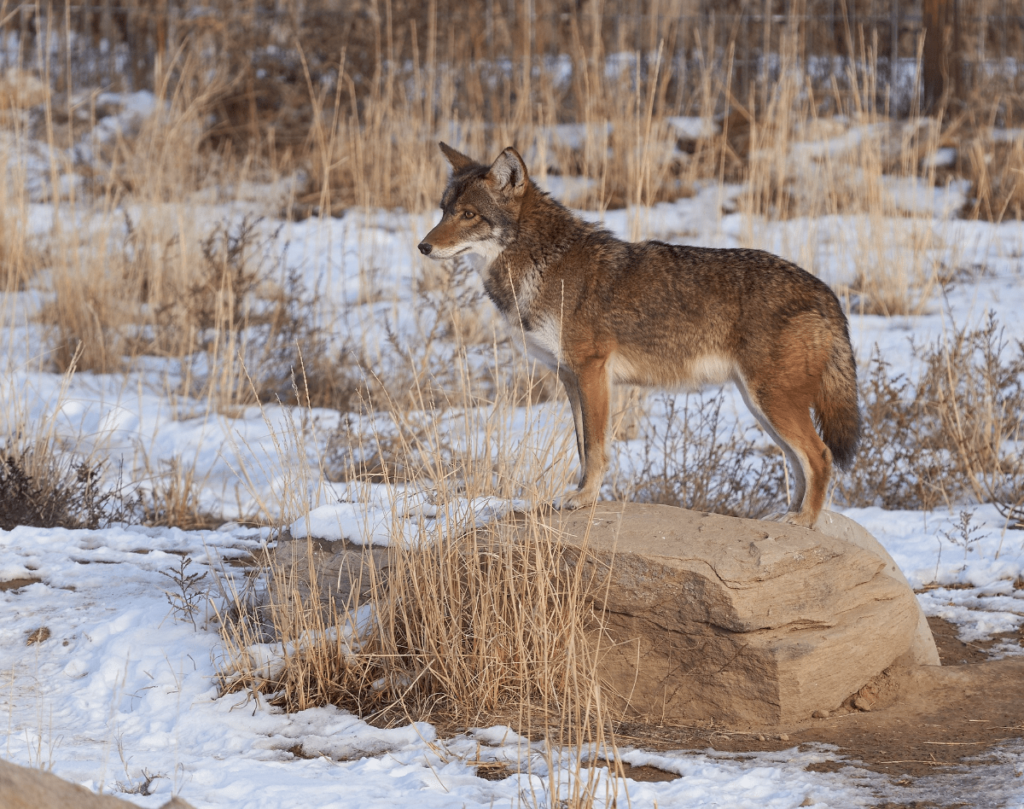
Description: A smaller, more adaptable relative of the gray wolf, known for its characteristic howl.
Habitat: Thrives in diverse environments, including deserts, grasslands, forests, and urban areas across North America.
Behavior and Diet: Opportunistic omnivore, feeding on small mammals, fruits, insects, and human refuse.
Conservation Status: Stable and expanding its range, considered of least concern.
3. Ethiopian Wolf (Canis simensis)
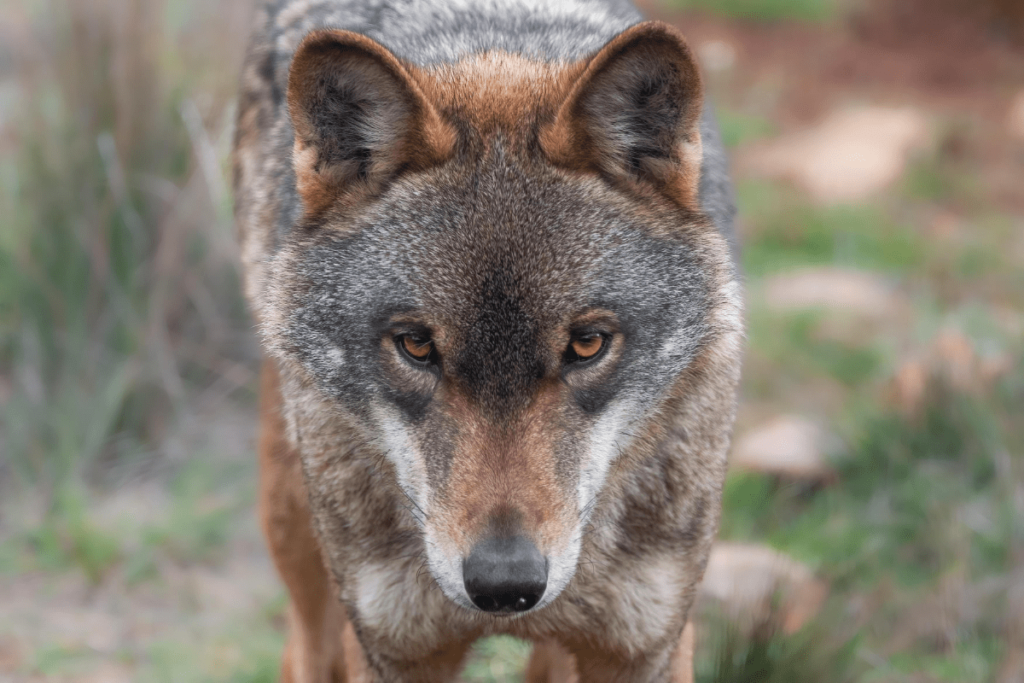
Description: Africa’s most endangered carnivore, distinguished by its slender build and reddish coat.
Habitat: High-altitude grasslands in Ethiopia.
Behavior and Diet: Specialized hunter of rodents; lives in small packs with a complex social structure.
Conservation Status: Endangered due to habitat loss, disease, and hybridization with domestic dogs.
4. Golden Jackal (Canis aureus)
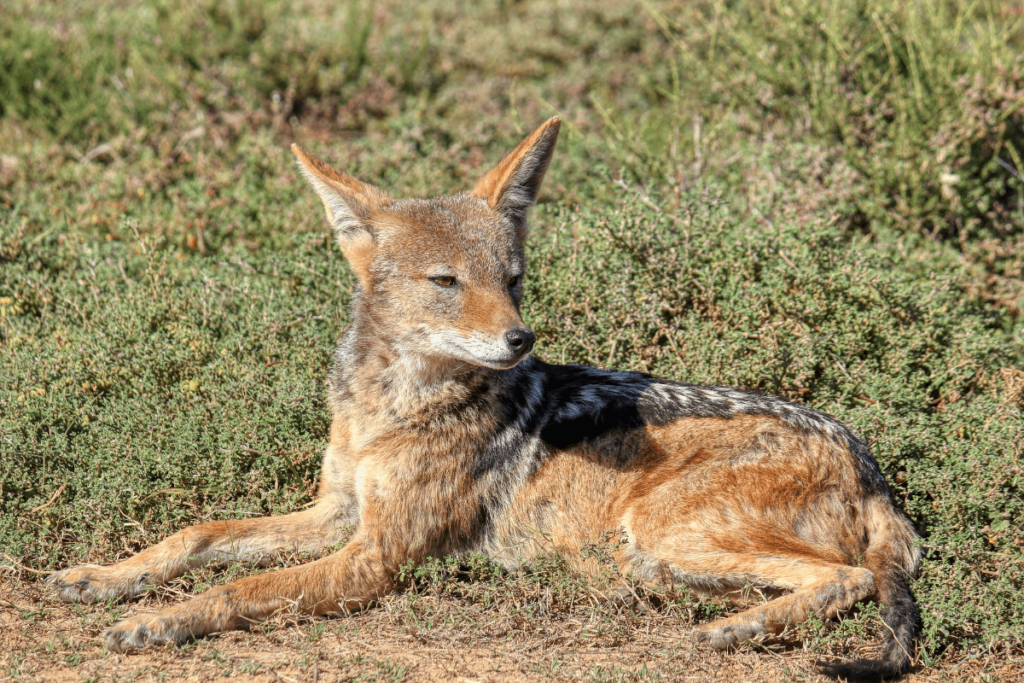
Description: A medium-sized canid with a golden-yellow coat, often mistaken for a small wolf.
Habitat: Found in diverse habitats, including savannas, deserts, and human-altered landscapes across Africa and Eurasia.
Behavior and Diet: Omnivorous, with a diet consisting of small mammals, birds, reptiles, and plant material.
Conservation Status: Generally of least concern but faces threats from habitat loss and hunting.
5. Dingo (Canis dingo)

Description: Australia’s wild dog, possibly descended from domesticated dogs brought by humans thousands of years ago.
Habitat: Predominantly in Australia’s outback, from deserts to forests.
Behavior and Diet: Opportunistic feeder, hunting small mammals, birds, and reptiles; also scavenges.
Conservation Status: Vulnerable, primarily due to hybridization with domestic dogs and persecution by humans.
6. Domestic Dog (Canis lupus familiaris)
Dog family animals, also known as canids, include a diverse group of species like wolves, foxes, and domestic dogs.
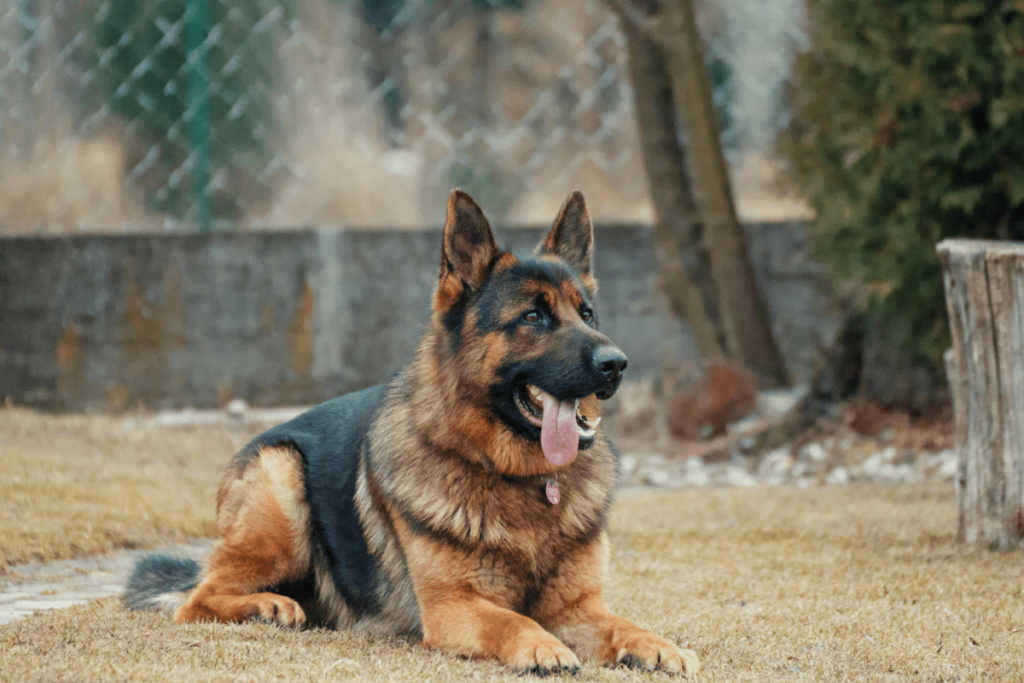
Description: A domesticated subspecies of the gray wolf, known for its diverse breeds and close relationship with humans.
Habitat: Lives in various human environments, including homes and urban areas.
Behavior and Diet: Versatile and trainable, with a diet that varies by breed but generally includes commercial dog food and occasional treats.
Conservation Status: Not applicable; however, stray and abandoned dogs face welfare issues.
B. Genus Vulpes
7. Red Fox (Vulpes vulpes)
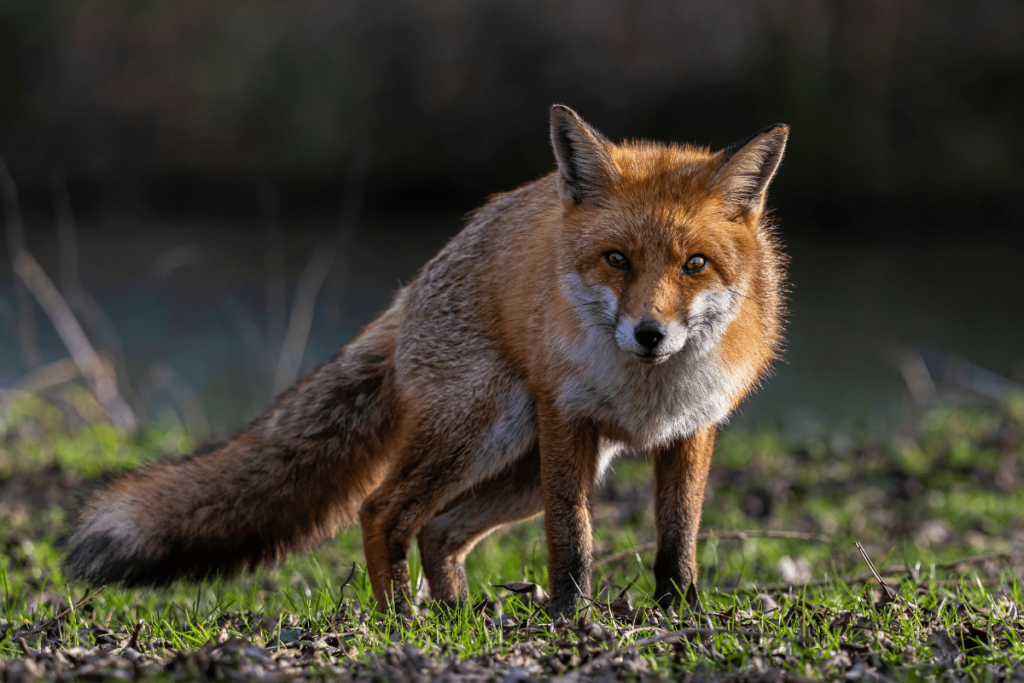
Description: The most widespread fox species, recognized for its reddish fur and bushy tail.
Habitat: Occupies a wide range of habitats, including forests, grasslands, mountains, and urban areas across the Northern Hemisphere.
Behavior and Diet: Omnivorous, eating small mammals, birds, insects, fruits, and garbage.
Conservation Status: Stable, widely distributed, and listed as least concern.
8. Fennec Fox (Vulpes zerda)
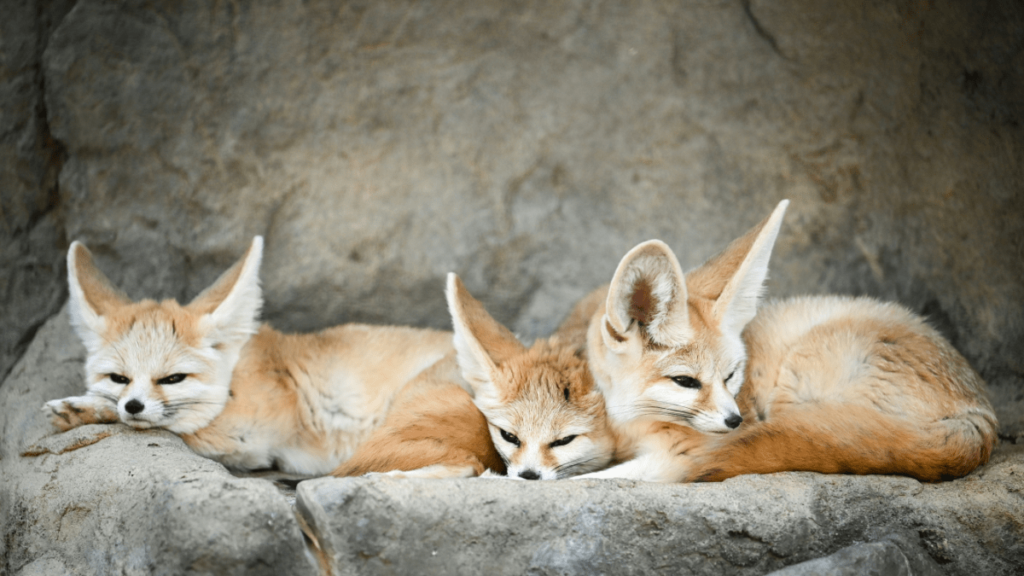
Description: The smallest fox species, noted for its large ears and sandy-colored coat.
Habitat: Deserts of North Africa and the Arabian Peninsula.
Behavior and Diet: Primarily nocturnal, feeding on insects, small mammals, birds, and plants.
Conservation Status: Least concern, although vulnerable to habitat disruption and pet trade.
9. Arctic Fox (Vulpes lagopus)
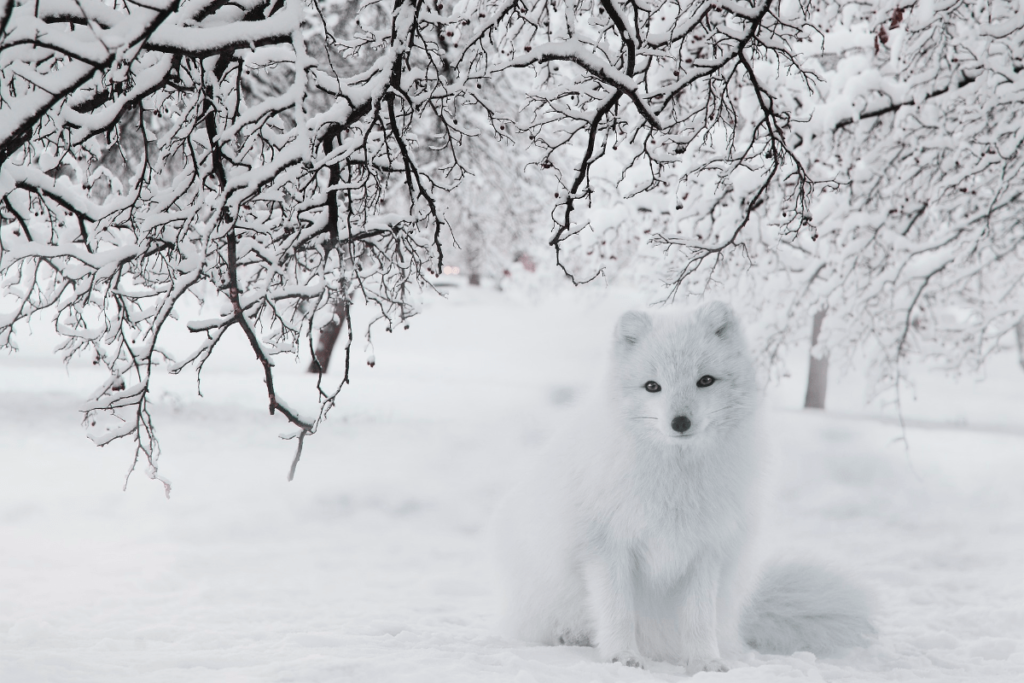
Description: Adapted to cold environments with a thick white or blue-gray fur coat.
Habitat: Arctic tundra regions of North America, Europe, and Asia.
Behavior and Diet: Primarily feeds on lemmings and voles, but also eats carrion and berries.
Conservation Status: Generally stable, but regional populations are at risk due to climate change and competition with red foxes.
The Arctic fox is a prime example of nature’s artistry in camouflage, showcasing its ability to blend seamlessly into its snowy environment—learn more about other masters of disguise in the animal kingdom in our article on 10 Camouflage Animals That Are Masters of Disguise.
10. Corsac Fox (Vulpes corsac)
Description: A small, pale-colored fox with a slender build, adapted to life in arid and semi-arid steppes of Central Asia.
Habitat: Prefers open plains, grasslands, and deserts, avoiding dense vegetation.
Behavior and Diet: Primarily a nocturnal hunter of small mammals, insects, and birds, with a diet supplemented by fruits and berries.
Conservation Status: Least concern, but populations fluctuate due to hunting and habitat degradation.
C. Genus Chrysocyon
11. Maned Wolf (Chrysocyon brachyurus)
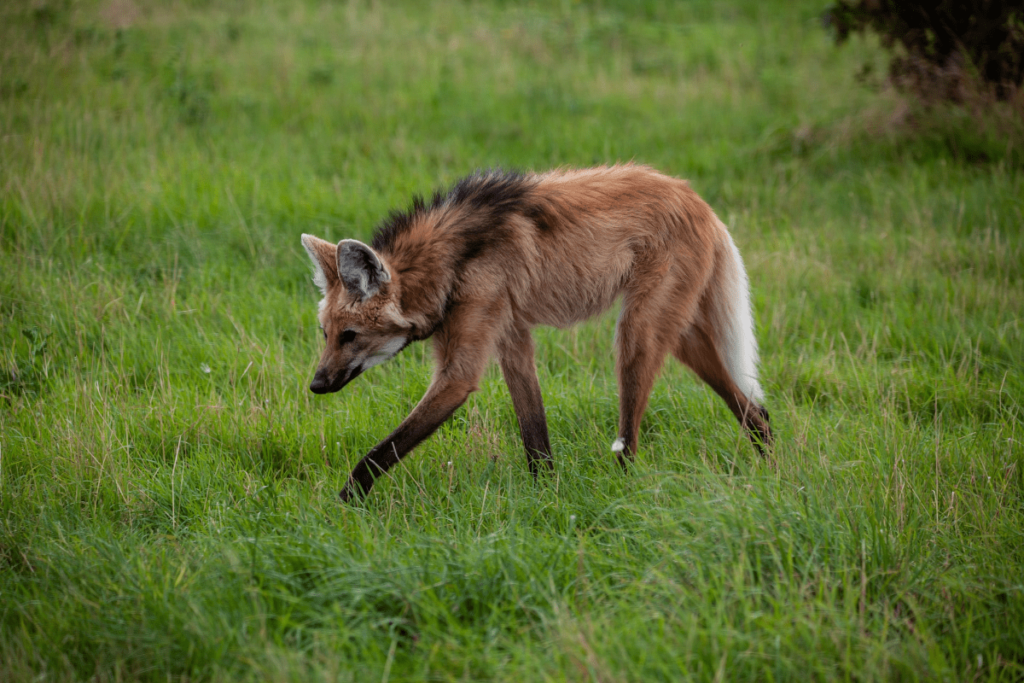
Description: The largest canid in South America, known for its long legs and distinctive reddish coat.
Habitat: Open grasslands and savannas in Brazil, Paraguay, and Argentina.
Behavior and Diet: Omnivorous, feeding on small mammals, birds, and fruit, particularly the lobeira (wolf apple).
Conservation Status: Near threatened, facing threats from habitat loss and road accidents.
D. Genus Cuon
12. Dhole (Cuon alpinus)
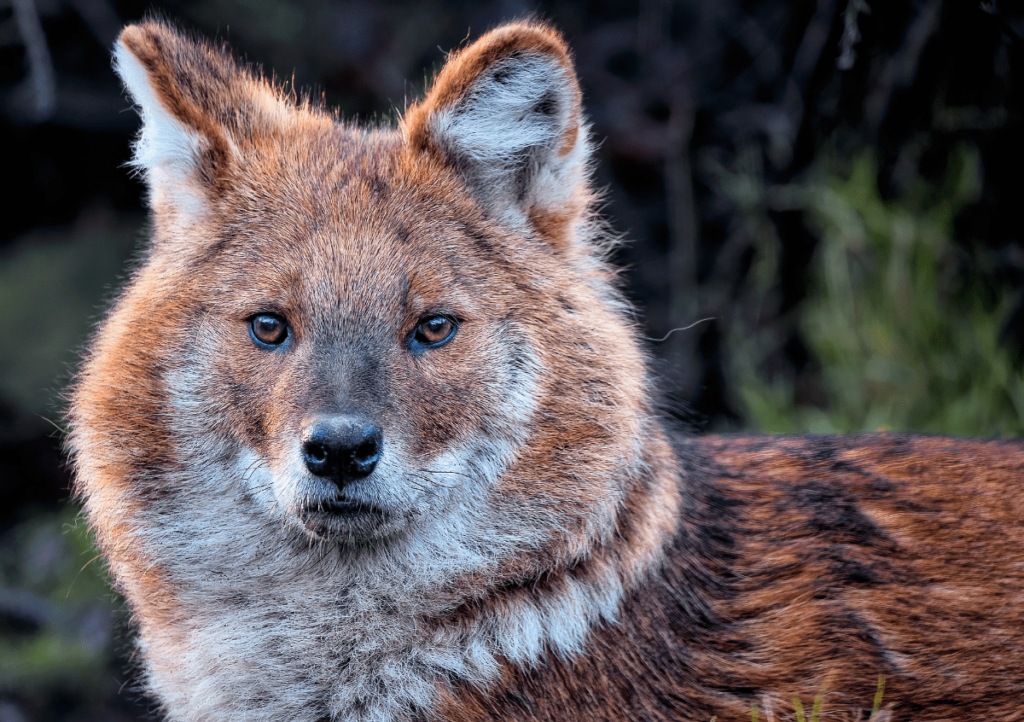
Description: A highly social and endangered canid, also known as the Asiatic wild dog.
Habitat: Forests and mountainous regions across South and Southeast Asia.
Behavior and Diet: Lives and hunts in packs, primarily preying on large ungulates.
Conservation Status: Endangered due to habitat loss, depletion of prey, and disease.
E. Genus Lycaon
13. African Wild Dog (Lycaon pictus)

Description: A highly social and endangered canid, also known as the painted wolf for its distinctive coat patterns.
Habitat: Savannas and woodlands of sub-Saharan Africa.
Behavior and Diet: Lives in large packs and hunts cooperatively, mainly preying on antelopes.
Conservation Status: Endangered, with populations declining due to habitat fragmentation and human-wildlife conflict.
F. Genus Nyctereutes
14. Raccoon Dog (Nyctereutes procyonoides)
Description: A small canid resembling a raccoon, native to East Asia.
Habitat: Forests, wetlands, and agricultural areas in East Asia, particularly in Japan, China, and Russia.
Behavior and Diet: Omnivorous, eating small mammals, birds, fish, and plants; hibernates in colder regions.
Conservation Status: Common in its native range but considered an invasive species in parts of Europe.
G. Genus Otocyon
15. Bat-Eared Fox (Otocyon megalotis)
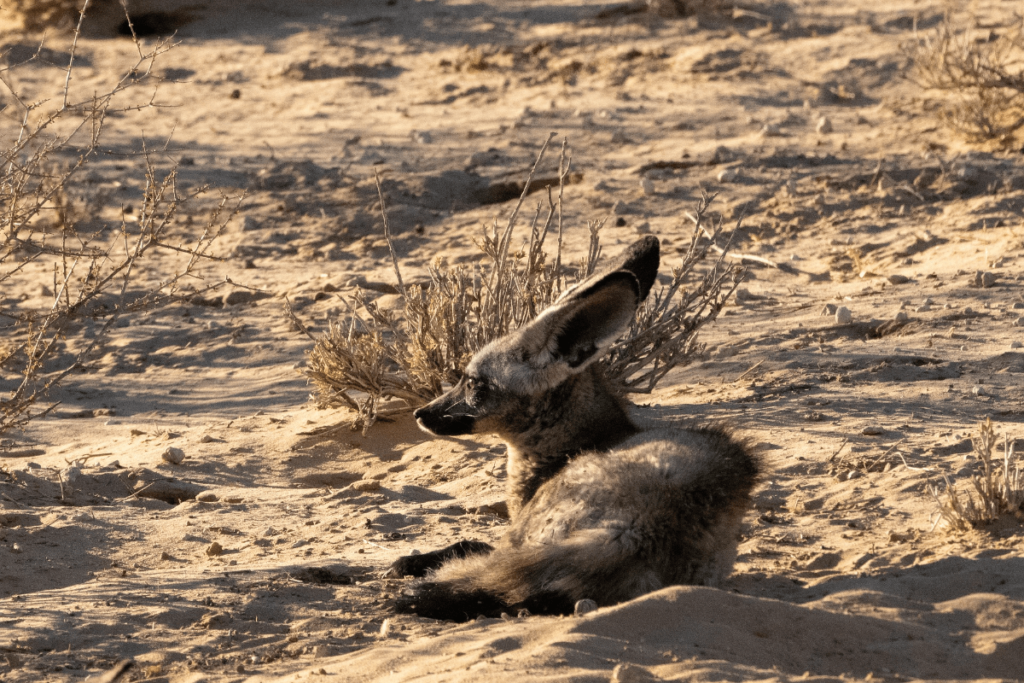
Description: Recognized for its large ears, which help dissipate heat and detect prey.
Habitat: Arid and semi-arid regions of Eastern and Southern Africa.
Behavior and Diet: Insectivorous, with termites making up a significant portion of its diet.
Conservation Status: Listed as least concern, but susceptible to habitat loss.
H. Genus Speothos
16. Bush Dog (Speothos venaticus)
Description: A rare, small canid with a stocky build and webbed feet, native to Central and South America.
Habitat: Tropical forests and wetlands.
Behavior and Diet: Hunts in packs, preying mainly on small mammals.
Conservation Status: Near threatened, with declining populations due to habitat loss and fragmentation.
I. Genus Urocyon
17. Gray Fox (Urocyon cinereoargenteus)
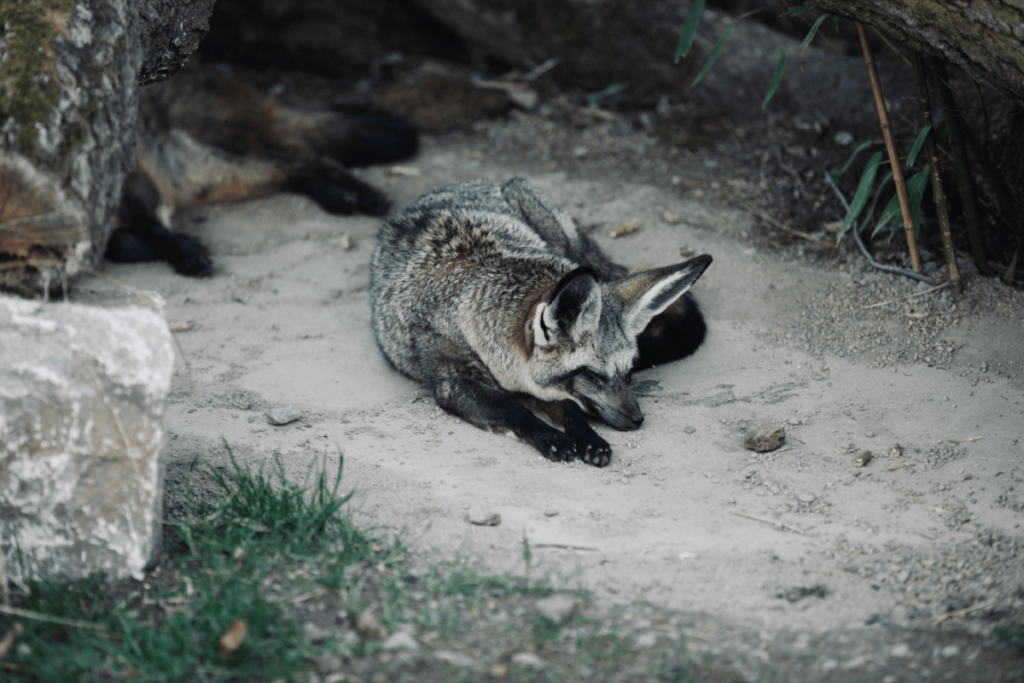
Description: A medium-sized canid with a salt-and-pepper coat and a distinctive black stripe down its back, known for its climbing ability.
Habitat: Found in a variety of habitats, including forests, shrublands, and swamps across North and Central America.
Behavior and Diet: Omnivorous, feeding on small mammals, fruits, birds, and insects. Notable for its ability to climb trees, unlike most canids.
Conservation Status: Least concern, with stable populations.
Canidae: Evolution, Culture, and Conservation
1. Evolution and Adaptation
Canidae animals have undergone remarkable evolutionary changes, allowing them to thrive in diverse environments. Their adaptability is evident in their varied diets, social structures, and physical characteristics. For instance, the elongated legs of the coyote make it a fast runner, while the thick fur of the Arctic fox provides insulation against extreme cold. These adaptations have enabled canine family animals to occupy a wide range of ecological niches across the globe.
2. Canine Animals in Human Culture
Canine animals have a long-standing relationship with humans, serving as both companions and symbols. Dogs, domesticated thousands of years ago, are perhaps the most notable members of the Canidae family in human culture. Wolves, on the other hand, have often been revered or feared in various mythologies and folklore. Foxes are frequently depicted as cunning and clever in stories across different cultures. The bond between humans and canidae animals is complex, reflecting our shared history and interdependence.
3. Conservation of Canidae Animals
Despite their adaptability, many canidae animals are at risk due to human activities. Habitat destruction, hunting, and climate change threaten the survival of several species within the Canidae family. Conservation efforts are critical to preserving these species and their habitats. Organizations worldwide are working to protect vulnerable populations, such as the Ethiopian wolf and Darwin’s fox, through habitat preservation, breeding programs, and public education. The future of canine family animals depends on these efforts and our commitment to protecting biodiversity.
FAQs on Canine Animals – Canidae Family
1. What are the main types of Canidae animals?
- The Canidae family includes various genera such as Canis (wolves, coyotes, and domestic dogs), Vulpes (foxes), Chrysocyon (maned wolf), Cuon (dhole), Lycaon (African wild dog), Nyctereutes (raccoon dog), Otocyon (bat-eared fox), and Speothos (bush dog).
2. What is the difference between a wolf and a coyote?
- Wolves are larger, with a more powerful build and live in organized packs, whereas coyotes are smaller, more adaptable, and often live in smaller family groups or alone. Coyotes are also more likely to be found in urban areas compared to wolves.
3. Are any Canidae species endangered?
- Yes, several Canidae species are endangered or threatened. For instance, the Ethiopian wolf and Darwin’s fox face significant threats due to habitat loss and disease. Conservation efforts are ongoing to protect these vulnerable species.
4. How do Canidae animals communicate?
- Canidae animals use a variety of vocalizations, body language, and scent markings to communicate. Wolves and coyotes use howling, growling, and barking to convey messages, while foxes may use a range of vocal sounds to communicate with each other.
5. How does the domestic dog differ from wild Canidae species?
- Domestic dogs are a subspecies of the gray wolf and have been selectively bred for various traits, leading to a wide range of breeds with diverse characteristics. Unlike wild Canidae species, domestic dogs are adapted to live with humans and have different social behaviors and dietary needs.
6. Is the hyena part of the Canidae family?
- No, hyenas are not part of the Canidae family. They belong to the family Hyaenidae, which is a separate family of carnivorous mammals. Despite their similar appearance and some behavioral similarities, hyenas are distinct from Canidae animals.
Conclusion
The canine family animals are a fascinating and diverse group, showcasing incredible adaptability and resilience. From the domesticated dog to the wild gray wolf, these animals have captivated human imagination for centuries. Understanding the types of Canidae and their roles in various ecosystems is essential for their conservation and our appreciation of nature’s diversity. As we continue to learn more about these remarkable creatures, it is our responsibility to protect them and ensure that they thrive in the wild for generations to come.
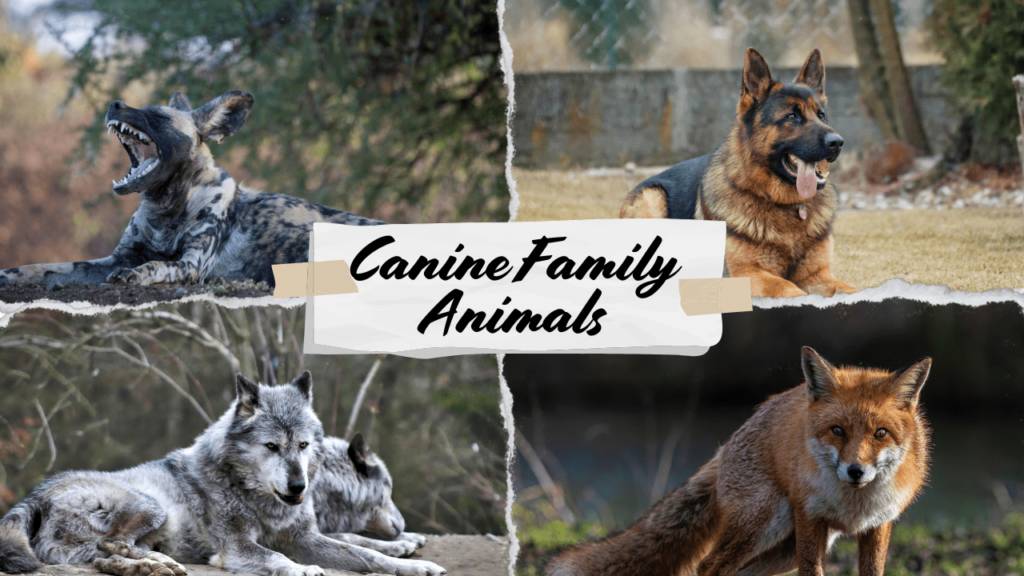
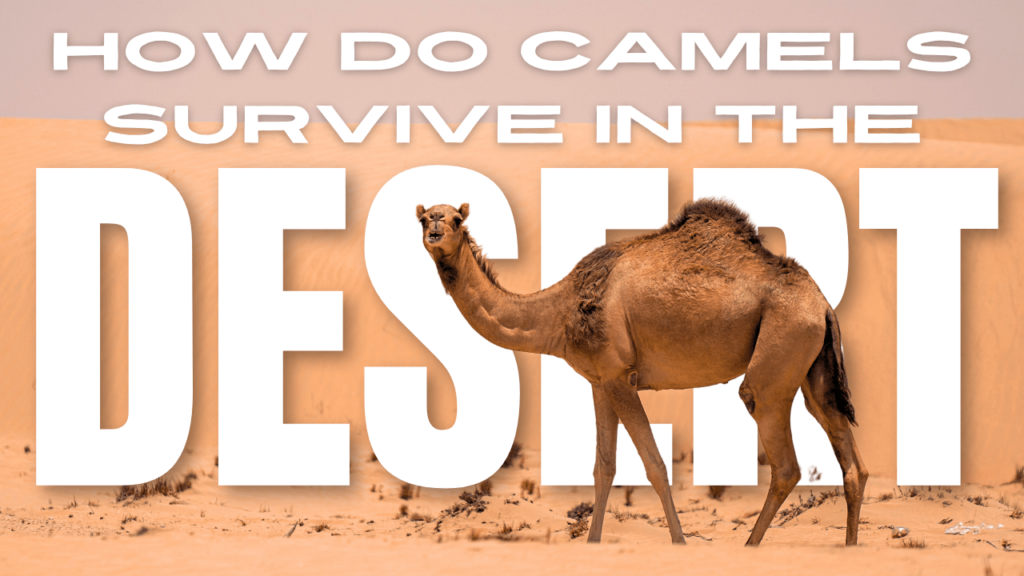
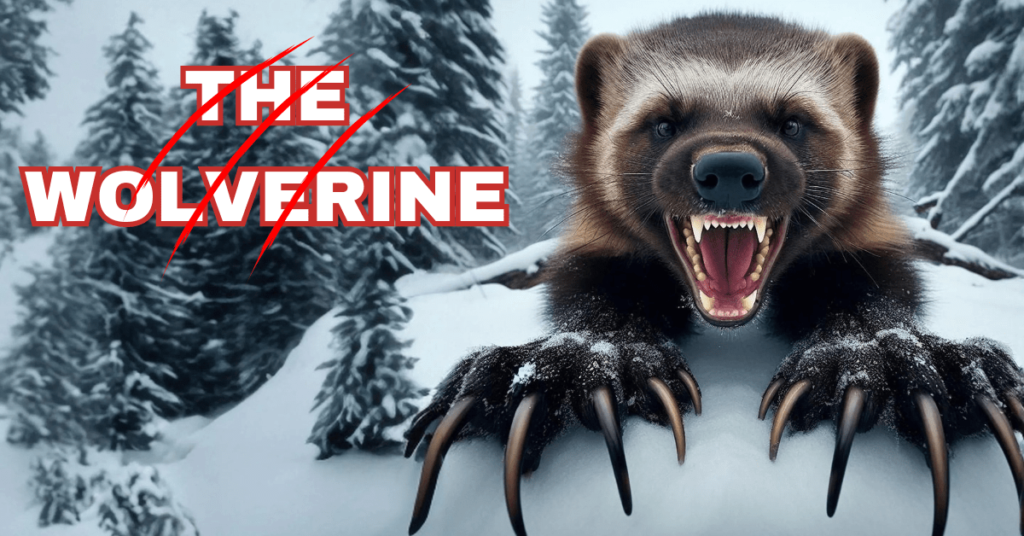


Pingback: 10 Remarkable Personality Traits of Wolves: Loyalty, Discipline, Social Order, and more - primalwildlife.com